Genre: eLearning | Language: English | Skill Level: Beginner
Lesson 1 – Shape, Silhouette, Proportion, and Values
In this first lesson, I will start with the design principles of shape, silhouette, and proportion. Using these simple elements, we will deconstruct abstract artworks and show how the principles of design make them appealing despite the lack of literal content. We will take the basic shapes of a circle, triangle, and rectangle, and rearrange them as ideas to create appealing compositions.
Lesson 2 – Prop Design
Continuing from what was taught previously, we will apply design fundamentals to analyze great design in recognizable objects. I will also demo the design of an item using fundamental design principles.
Lesson 3 – Character Design Acting and Personality
In terms of visual development, the goal is not just to create well-designed characters that appear static on a page. Our character designs also have to function well in a moving, breathing story. In this lesson, we will define “acting” and “storytelling” and discuss how to apply design fundamentals to “animated actors”.
Lesson 4 – Space, Lens, and Perspective
In this lesson, we will use photographs to discuss one-, two-, and three-point perspective, and analyze space and lens. I will also demo a drawing from scratch using these principles.
Lesson 5 – Set Dressing
In this lesson, I will talk about designing a space as a set. We will examine props and how to layer them, as well as how to build a rough model in SketchUp.
Lesson 6 – Basics of Color Theory
In this lesson, we will discuss color: the major harmonies and how to use them, examining appealing color harmonies in editorial illustrations as examples. Also in this lesson, we will emphasize proportion and how to use it effectively in design.
Lesson 7 – Storytelling with Light and Shadow
Light and shadow are powerful tools in storytelling. In this lesson, we will look at how light works as well as how to effectively manipulate it (or its absence) for story.
Lesson 8 – Finding Your Process
Every artist has his or her own process – a personalized way of working that channels their creativity most effectively. In this lesson, I will show you some interesting techniques that have helped me find new ways of solving art problems. Hopefully, these will help you overcome your art blocks.
Lesson 9 – How to Build an Attractive Portfolio
Now that you have visual development skills, the final step is to get a job! In this final lesson, I will talk about strategies for creating a portfolio that will make people take notice and hopefully get you hired. We will discuss page layouts and interesting methods for making your portfolio memorable. I will share my tips for researching potential employers and connecting with people in a polite and confident manner.
As artists, our sole job is to communicate; usually we do this visually.
But visual communication is more complicated than it sounds, and yet not. In this introduction to Visual Development, I will focus on principles of design and give you an overview of the skills needed for effective visual communication, especially as it applies to the entertainment industry. I will cover the basics of design thinking, character design, color theory, and perspective, and share with you tips and techniques that I personally use in my own work.
Through this class, you will learn the fundamentals you will need to launch and advance your career as a visual development artist.
No matter your skill level, these lessons in design thinking will influence every decision, from the seed of your idea to your finished project, and help you work confidently and efficiently.
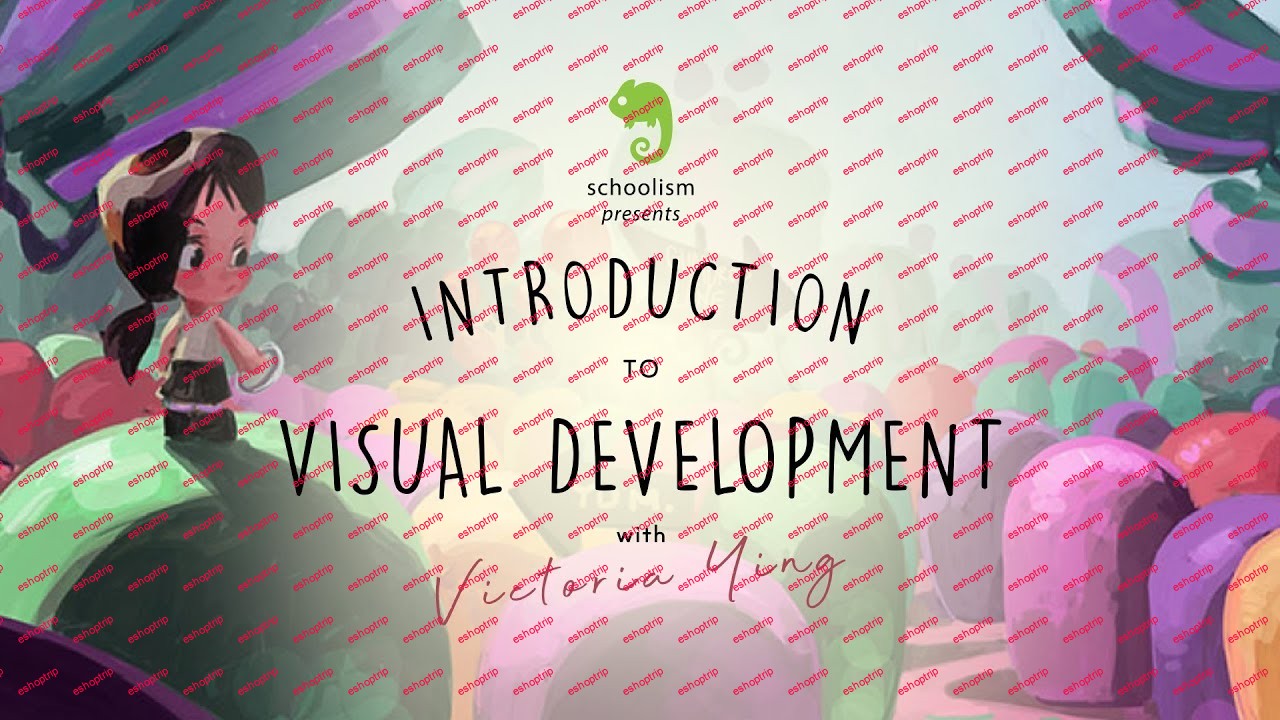
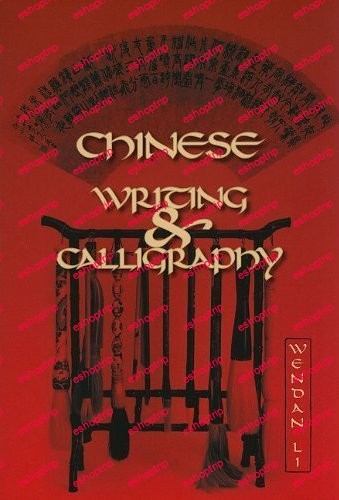
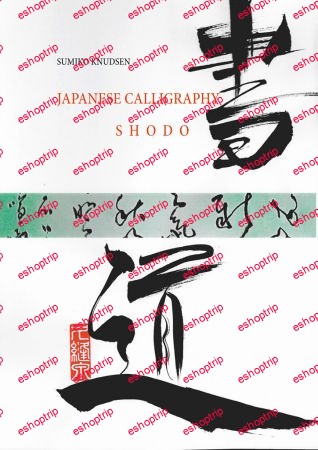
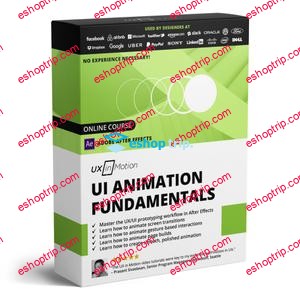


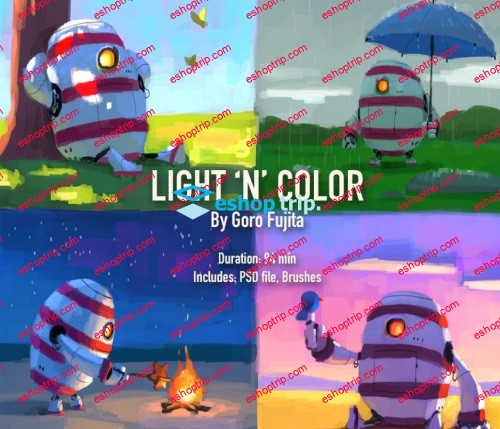
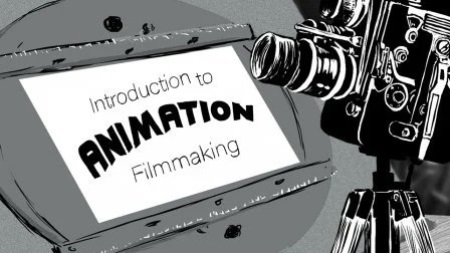
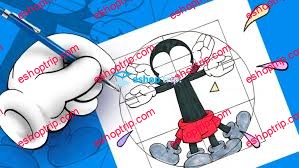


Reviews
There are no reviews yet.